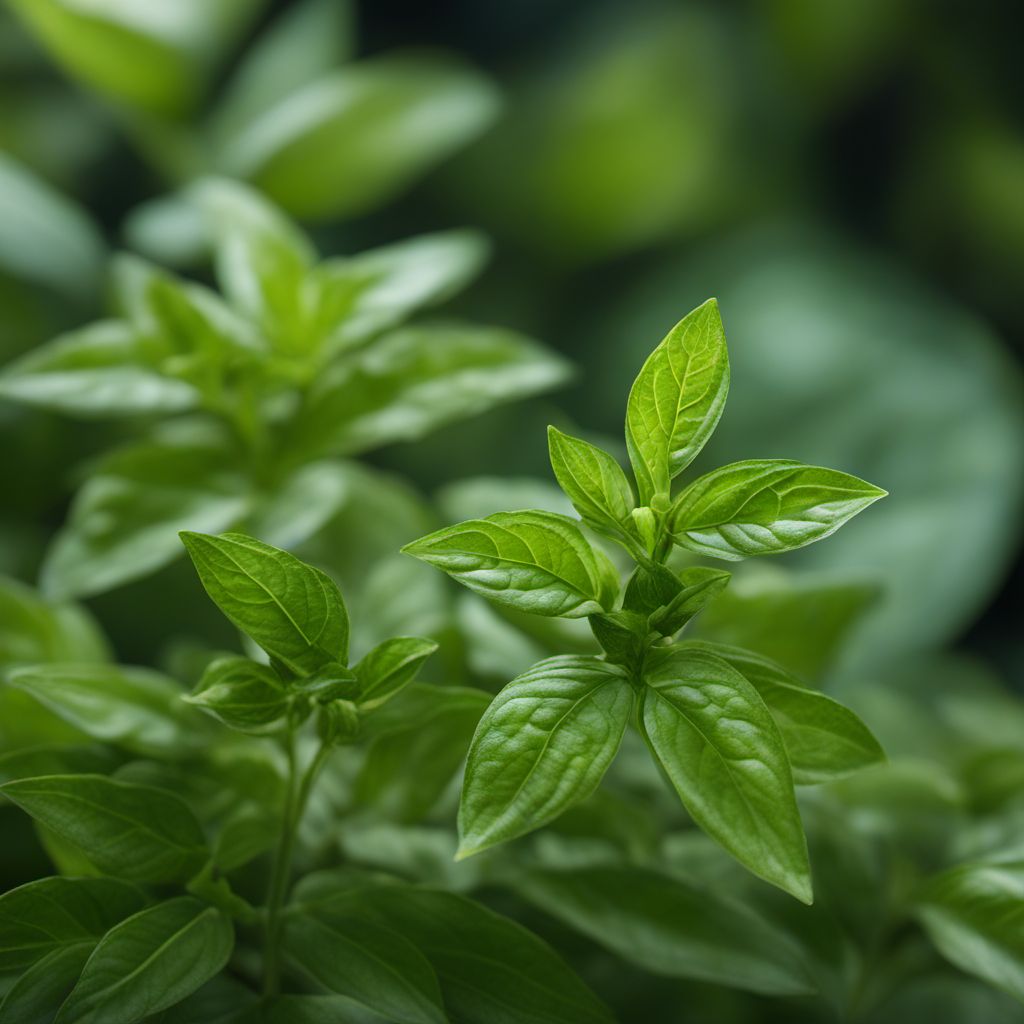
Ingredient
Thai basil
The Fragrant Herb: Thai Basil
Thai basil has a strong, sweet, and slightly spicy flavor with hints of anise and mint. It has dark green leaves with purple stems and flowers. The leaves are tender and have a smooth, glossy texture. Thai basil is commonly used in Thai, Vietnamese, and other Southeast Asian cuisines.
Origins and history
Thai basil is native to Southeast Asia, particularly Thailand, and has been used in traditional Thai cooking for centuries. It is an essential ingredient in dishes like Thai basil chicken and green curry. Thai basil is also grown in other parts of the world, including the United States and Europe.
Nutritional information
Thai basil is a good source of vitamins A and K, as well as antioxidants. It also contains essential oils that have antibacterial and anti-inflammatory properties.
Allergens
No known allergens associated with Thai basil.
How to select
Choose Thai basil with vibrant green leaves and avoid any that are wilted or discolored. Look for fresh, aromatic bunches with no signs of yellowing or browning. Opt for organically grown Thai basil if available.
Storage recommendations
To store Thai basil, trim the stems and place them in a glass of water like a bouquet. Cover the leaves loosely with a plastic bag and store in the refrigerator. Alternatively, Thai basil can be frozen or dried for later use.
How to produce
Thai basil can be easily grown in a sunny spot in the garden or in containers. It prefers well-drained soil and regular watering. Pinch off the flowers to encourage leaf growth and prolong the plant's lifespan.
Preparation tips
Thai basil is commonly used in stir-fries, curries, soups, and salads. It pairs well with ingredients like garlic, chili, coconut milk, and fish sauce. Add it towards the end of cooking to preserve its flavor and aroma.
Substitutions
Italian basil or holy basil can be used as substitutes for Thai basil, although they have slightly different flavors. Italian basil has a sweeter taste, while holy basil has a spicier, peppery flavor.
Culinary uses
Thai basil is widely used in Thai cuisine, particularly in dishes like pad Thai, green curry, and tom yum soup. It is also used in Vietnamese cuisine, such as in pho and spring rolls.
Availability
Thai basil is commonly available in Southeast Asia, the United States, and Europe.
More ingredients from this category » Browse all

Lizard tail
The Enigmatic Delicacy: Lizard Tail
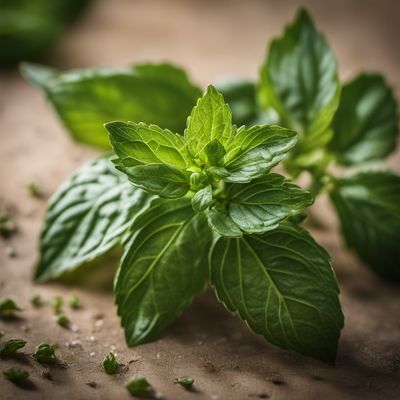
Greek bush basil
The Fragrant Herb of the Mediterranean: Greek Bush Basil

Lemon basil
The Zesty Herb: Unveiling the Delights of Lemon Basil

Chinese mesona
The Cooling Elixir

Lemon balm
The Zesty Herb: Lemon Balm

Basil
The King of Herbs
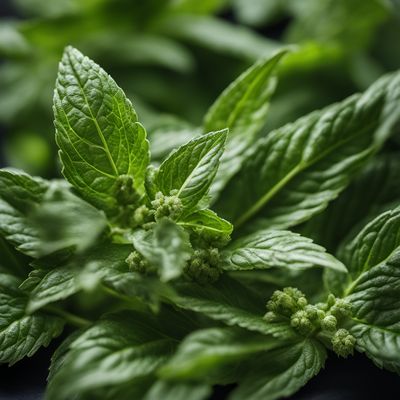
Hoary basil
The Aromatic Herb: Hoary Basil

Lesser calamint
The Mediterranean Herb Wonder

Asiatic pennywort
The Healing Herb: Unveiling the Wonders of Asiatic Pennywort

Vietnamese mint
The Zesty Herb

Mints
The Refreshing Herb

Rice paddy herb
The Fragrant Gem
Recipes using Thai basil » Browse all
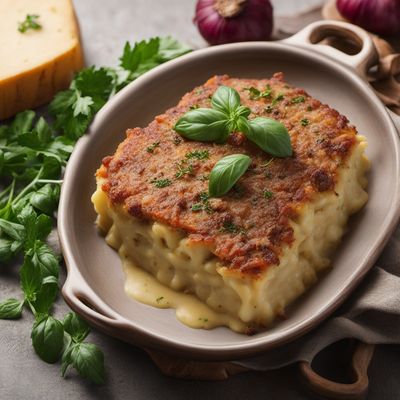
Potato and Meat Tortino
Savory Italian Potato and Meat Delight

Janjetina ispod peke (Vietnamese Style)
Vietnamese Style Roasted Lamb
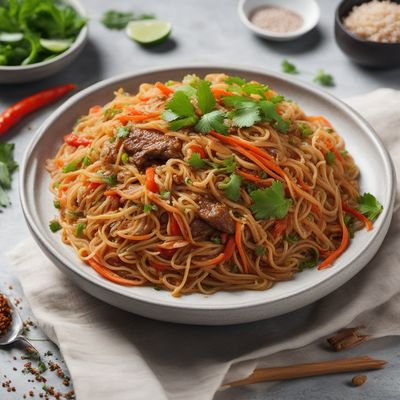
Chinese Islamic-style Pancit Batil Patong
Silk Road Noodle Delight: Chinese Islamic-style Pancit Batil Patong
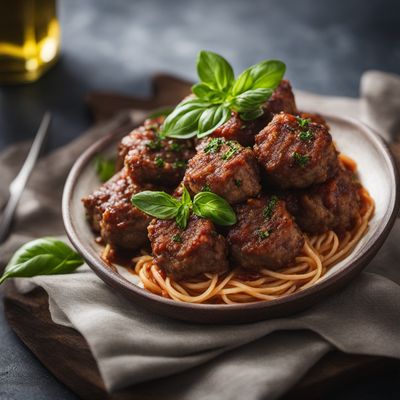
Italian-style Grilled Meatballs
Saporito Polpette alla Griglia - Italian Grilled Meatballs
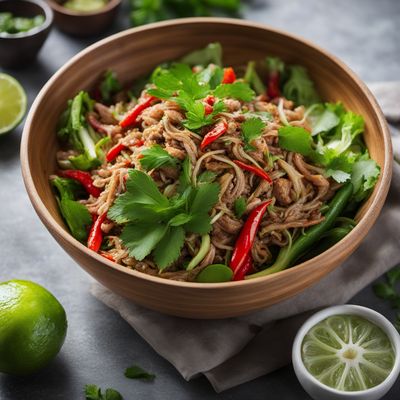
Chruok Svay - Cambodian Spicy Pork Salad
Fiery Delight: A Spicy Twist on Cambodian Pork Salad
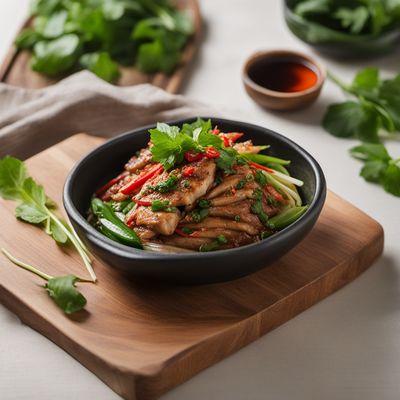
Alivongvong - Lao-style Stuffed Lemongrass Chicken
Lemongrass Delight: A Flavorful Twist on Stuffed Chicken

Homemade Potato Gnocchi with Tomato Sauce
Savory Pillows in Tangy Tomato Blanket

Mediterranean-style Gyoza
Mediterranean Delight Gyoza: A Fusion of Flavors

Molecular Chicken Parmigiana
The Gastronomic Transformation of Chicken Parmigiana
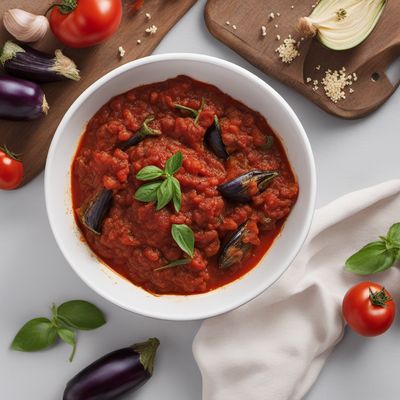
Ammoghiu - Sicilian Eggplant and Tomato Sauce
Sicilian Delight: A Flavorful Eggplant and Tomato Sauce
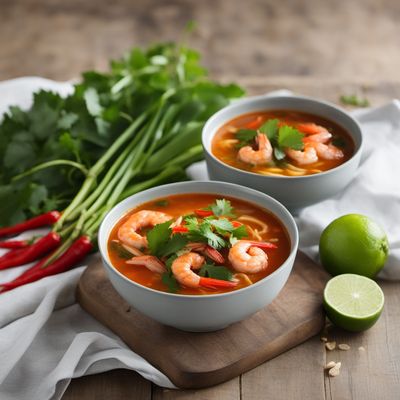
Omaha-style Spicy Shrimp Soup
Savory Seafood Delight: Omaha's Spicy Shrimp Soup

Mediterranean Şakşuka
Sun-Kissed Vegetable Delight: Mediterranean Şakşuka